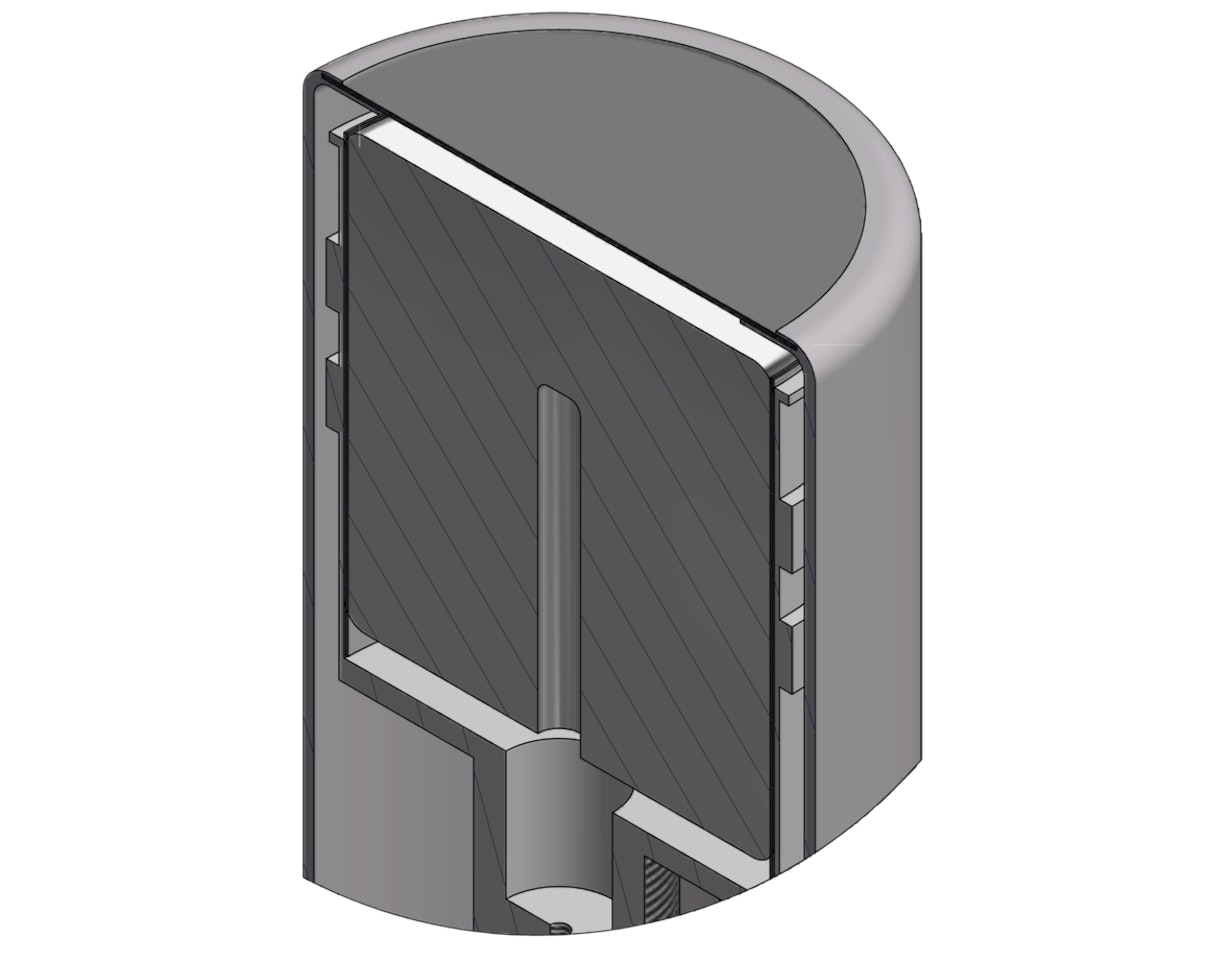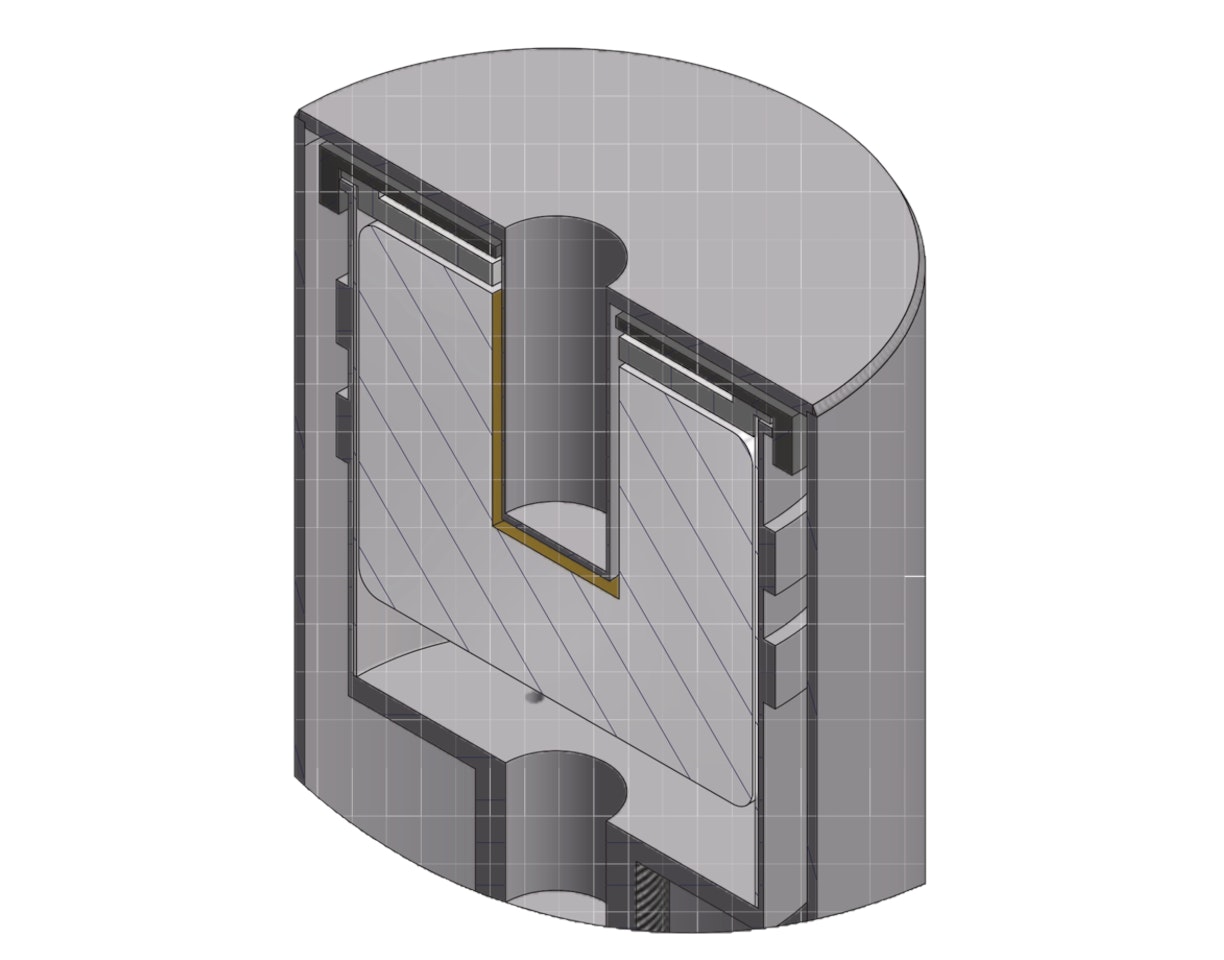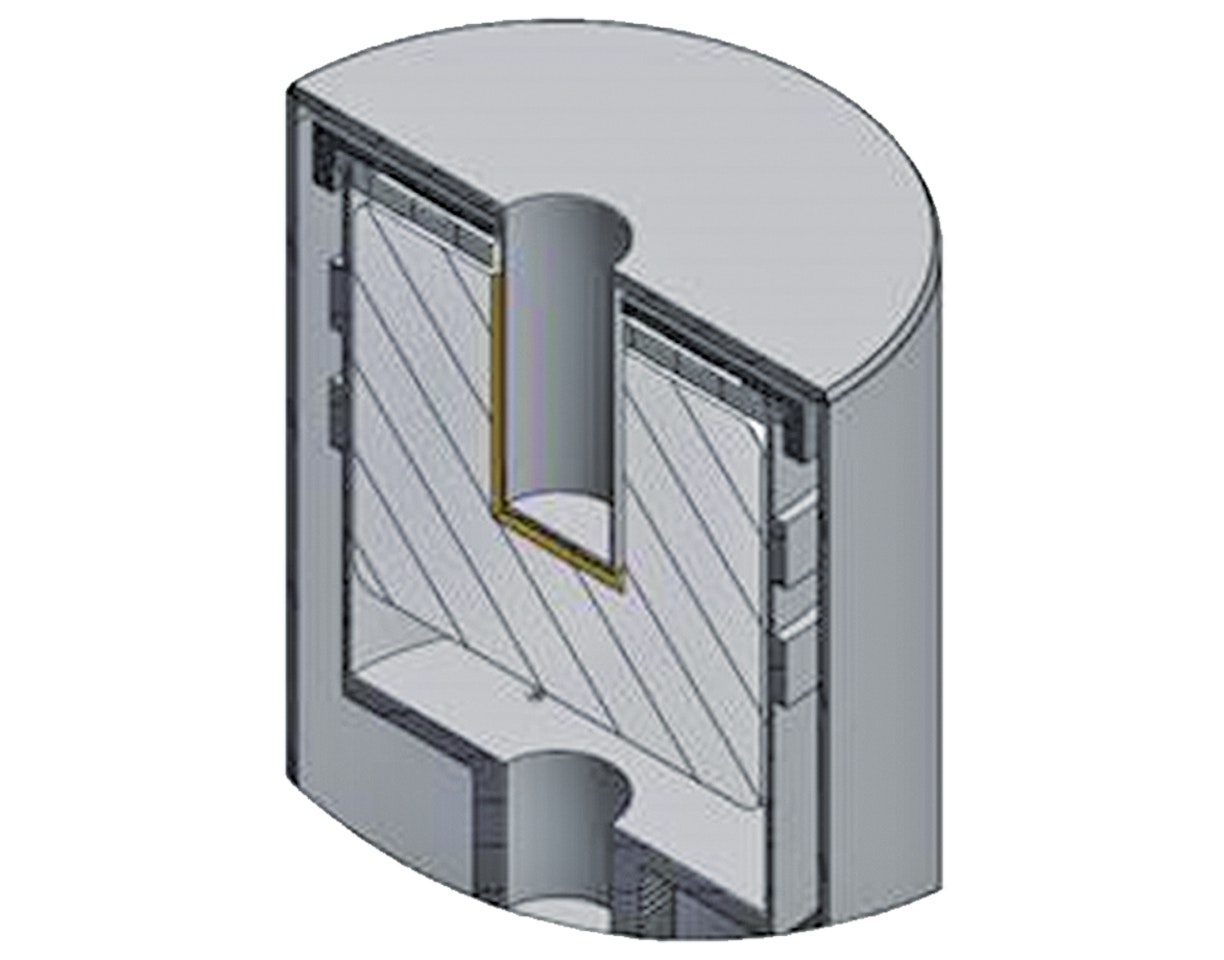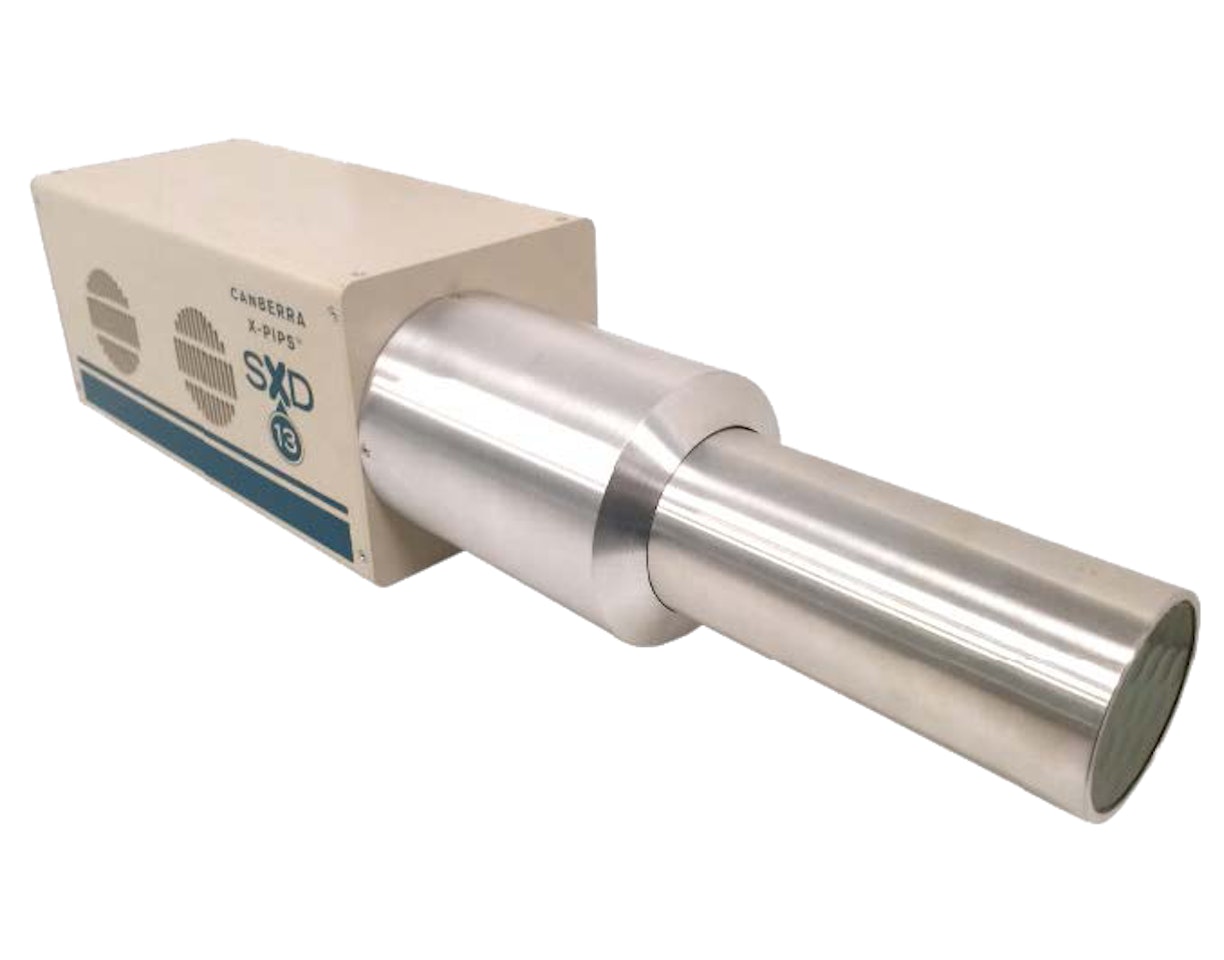Description
The broad-band X-ray flux from synchrotron radiation sources has revitalized the relatively old experimental technique known as X-ray absorption spectrometry. X-ray absorption spectroscopy measures the attenuation of an X-ray beam passing through a sample, just as do the more familiar infrared or UV-visible techniques. Typical X-ray energies are on the order of 300 eV to 30 keV or more, compared to visible light of 2–3 eV and infrared energies of about 0.05–0.5 eV. High energy X-ray absorption transitions involve core electrons which are only slightly perturbed by chemical changes in the valence electrons, hence each element has characteristic absorption edges at which the X-ray energy is just sufficient to liberate a particular type of core electron. Since edges are generally well separated in energy, X-ray absorption is a technique which can uniquely probe the environment of any element from carbon through the transuranics. A generalized X-ray absorption spectrum is illustrated at right.
Mirion has been a leader in the development and production of Germanium Array Detectors for this application. Herein you will find a brief summary of our capabilities and products.
Discrete Array Detectors
Most of the X-ray array detectors manufactured by Mirion have been made with discrete LEGe™ or Ultra-LEGe™ detector elements coupled to reset preamplifiers. Because of the high count rates involved, the Integrated-Transistor Reset Preamp (I-TRP) is used exclusively in this application. The discrete element detectors take full advantage of the performance characteristics of LEGe and Ultra-LEGe detectors, notably the energy resolution with short pulse processing (shaping) times. These detectors operate well with shaping time constants of 1/8 μs and up. The Ultra-LEGe detector extends the usable energy range down to 300 eV or so, depending on the cryostat window. Because of the difficulty in handling large numbers of detector elements, discrete array detectors are limited to about 36 channels.
Monolithic Array Detectors
Mirion now has the capability to make segmented planar Ge detectors using advanced photolithographic techniques. This technology lends itself to the production of pixel detectors wherein multiple elements are formed in a single slice of germanium. Monolithic array detectors offer improved packing density compared to discrete array detectors. The packing density is defined as the active detector area divided by the total area circumscribed by the array. Monolithic detectors, which have no dead space between elements, have virtually 100% packing density. The packing density of discrete array detectors ranges from about 35 to 55%. Packing density is an important factor in applications requiring an optimized solid angle and best fit to detection area.







